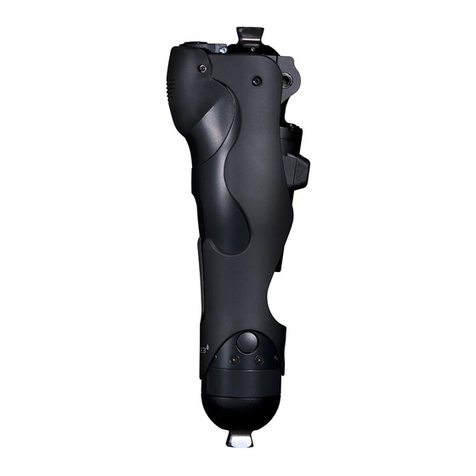Freedom Innovations Plie3 MPC Knee User manual
Other Freedom Innovations Medical Equipment manuals
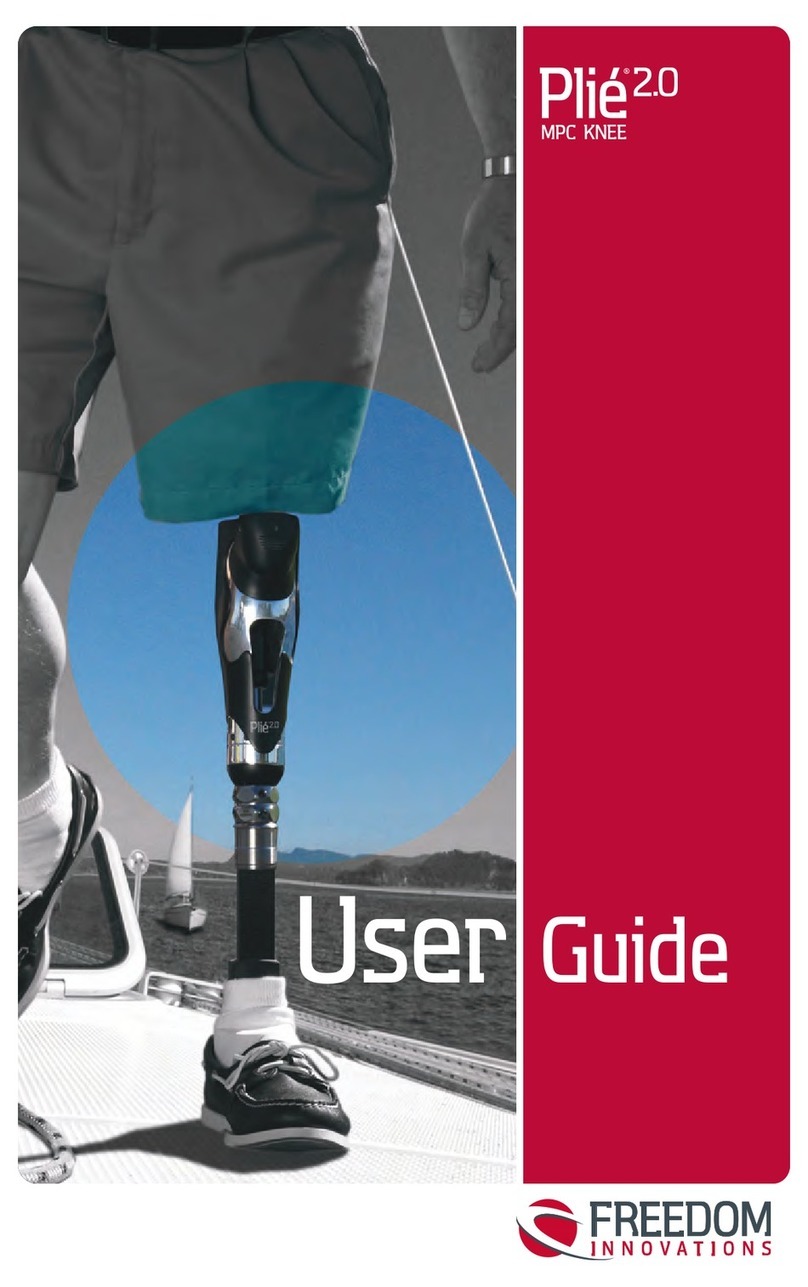
Freedom Innovations
Freedom Innovations Plie 2.0 User manual

Freedom Innovations
Freedom Innovations iQ User guide
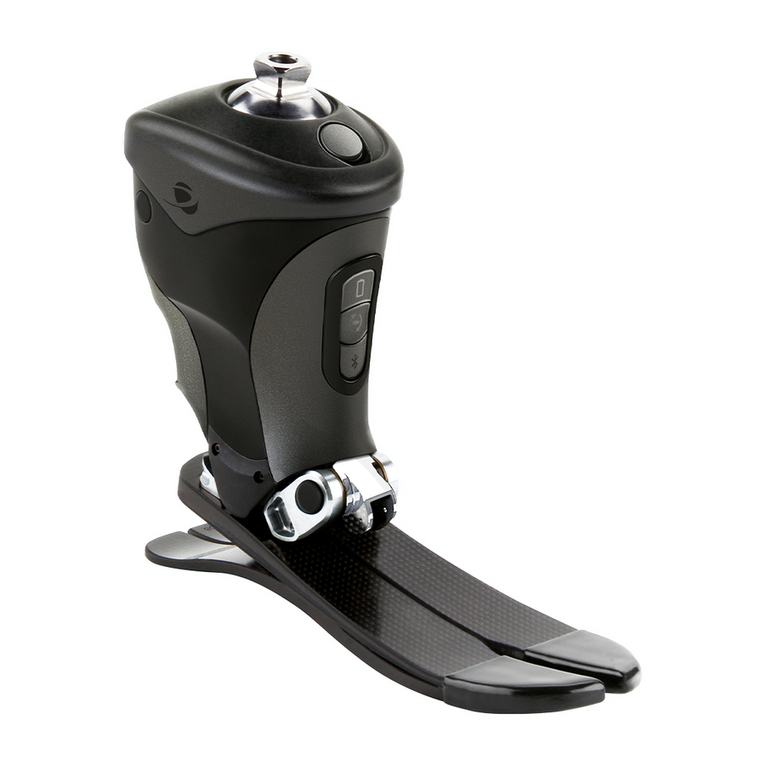
Freedom Innovations
Freedom Innovations Kinnex 2.0 User manual
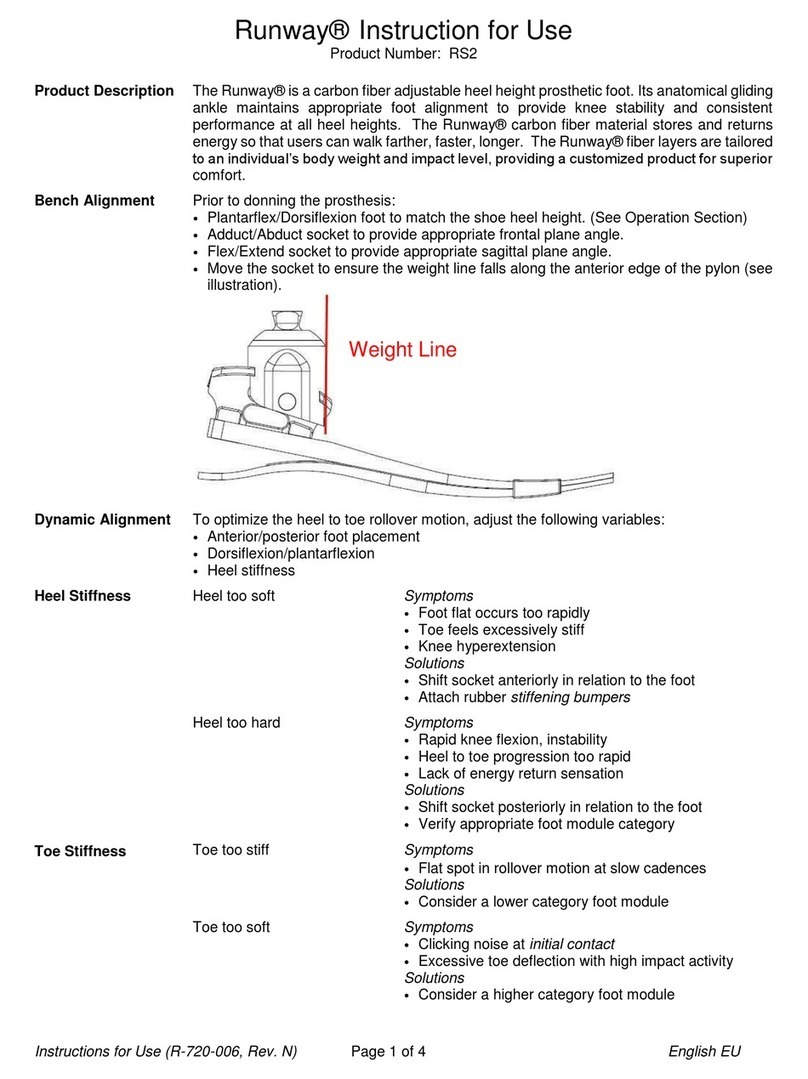
Freedom Innovations
Freedom Innovations RS2 User manual
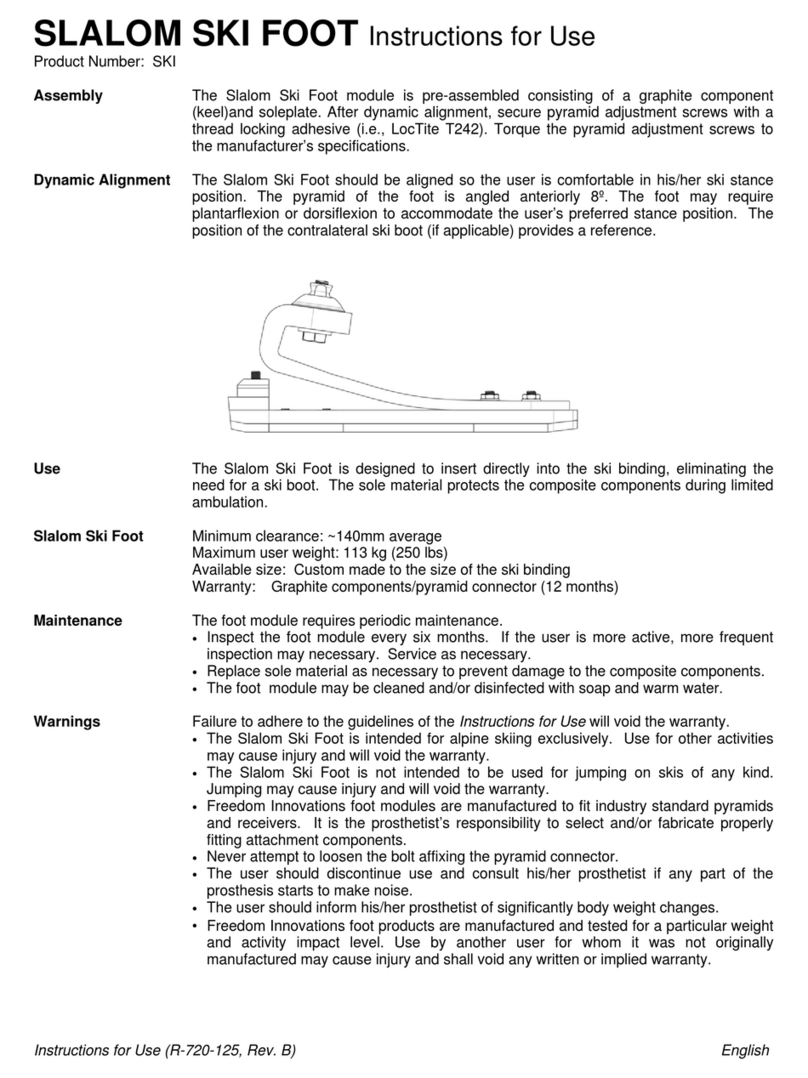
Freedom Innovations
Freedom Innovations SLALOM SKI User manual
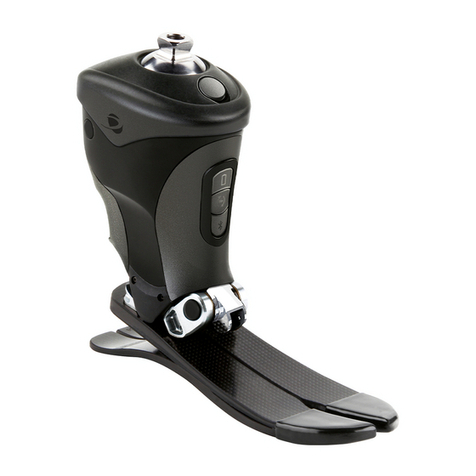
Freedom Innovations
Freedom Innovations Kinnex User manual

Freedom Innovations
Freedom Innovations iQ User manual

Freedom Innovations
Freedom Innovations Kinnex 2.0 User manual
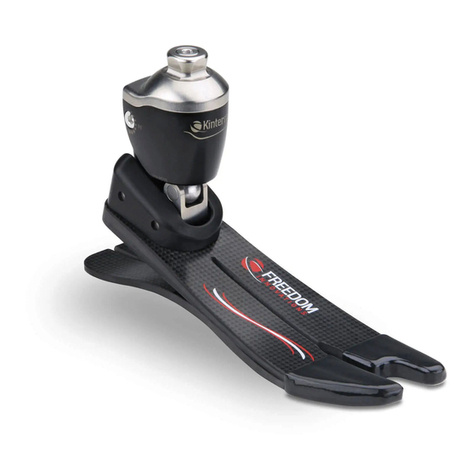
Freedom Innovations
Freedom Innovations Kinterra User manual

Freedom Innovations
Freedom Innovations Kinnex User manual
Popular Medical Equipment manuals by other brands

Getinge
Getinge Arjohuntleigh Nimbus 3 Professional Instructions for use

Mettler Electronics
Mettler Electronics Sonicator 730 Maintenance manual

Pressalit Care
Pressalit Care R1100 Mounting instruction

Denas MS
Denas MS DENAS-T operating manual

bort medical
bort medical ActiveColor quick guide

AccuVein
AccuVein AV400 user manual
